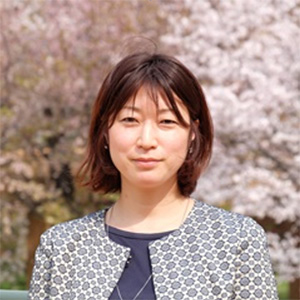How the Qalawun VR Project Logo was Created
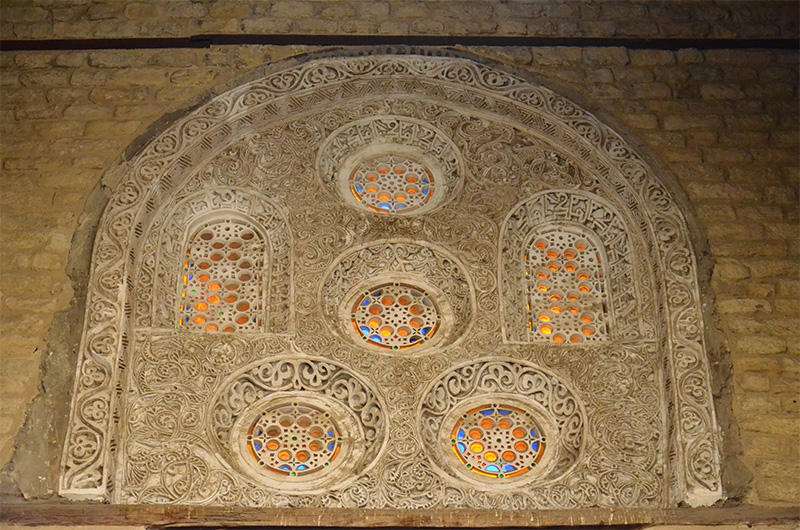
The Qalawun VR Project logo mark is based on a small multi-window frame in the iwan that faces the courtyard of the hospital.
This frame, enclosing four round and two arch-shaped stained-glass windows, is unique even within the Qalawun complex. Fine stucco work decorates the inside of the frame around the six small windows. Most of the ornamental designs used are plants and other motifs, but the periphery of the two arched windows and uppermost round window are decorated with lettering. What does it say? Let’s zoom in and take a look.
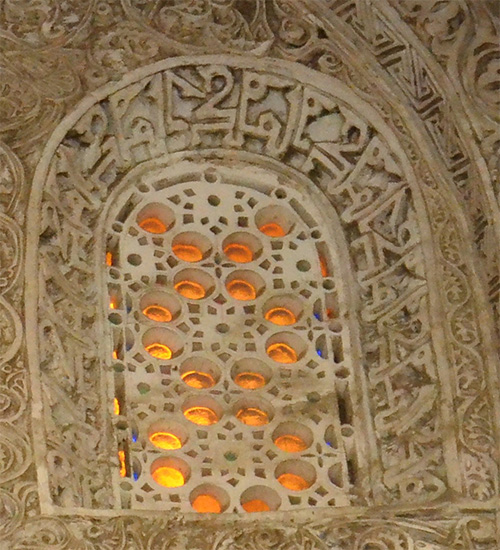
If you’re studying Arabic, here’s a good chance to try some deciphering! The answer is at the end of this article. There are also similar lettering ornamentations found throughout the Qalawun complex. Look for them in the VR tour.
Now, let’s get back to our story. When we chose to create a logo for this project, we received a range of images and ideas from the project members and content creators involved. We eventually settled on using a window motif. Windows, like doors, connect one space to another space, but also serve as a framing device for the world that unfolds beyond them. Our VR tour is designed to display panoramic photos, but also to function as a window in how it conveys the experience of each space.
When we decided to use a window motif, the first idea that came to mind was the windows on the façade.
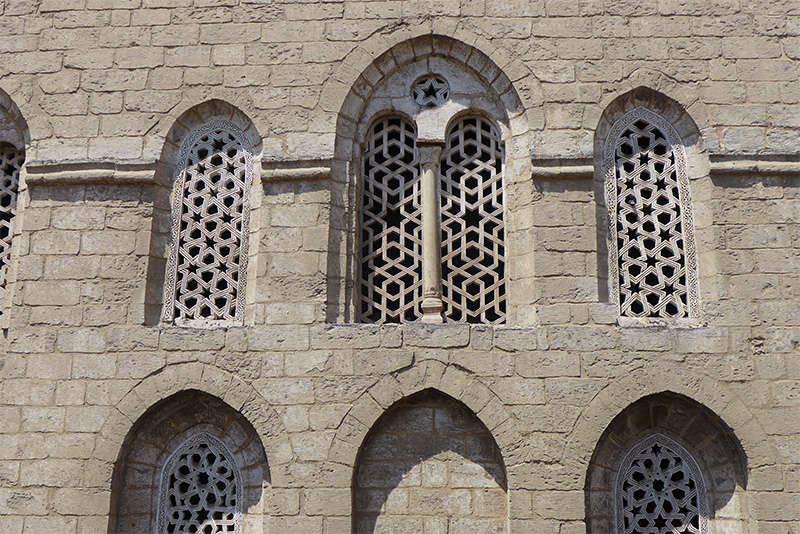
This design features two round arches beneath a round window at the top, all enclosed by a pointed arch. The windows, reminiscent of those in Gothic medieval churches, are double-layered, with stucco work on the outside and stained glass on the inside.
This shows the window design from the inside. The qibla-facing window in the madrasa’s prayer room is a little difficult to see in this photo, so other windows in the same prayer room are shown below for reference.
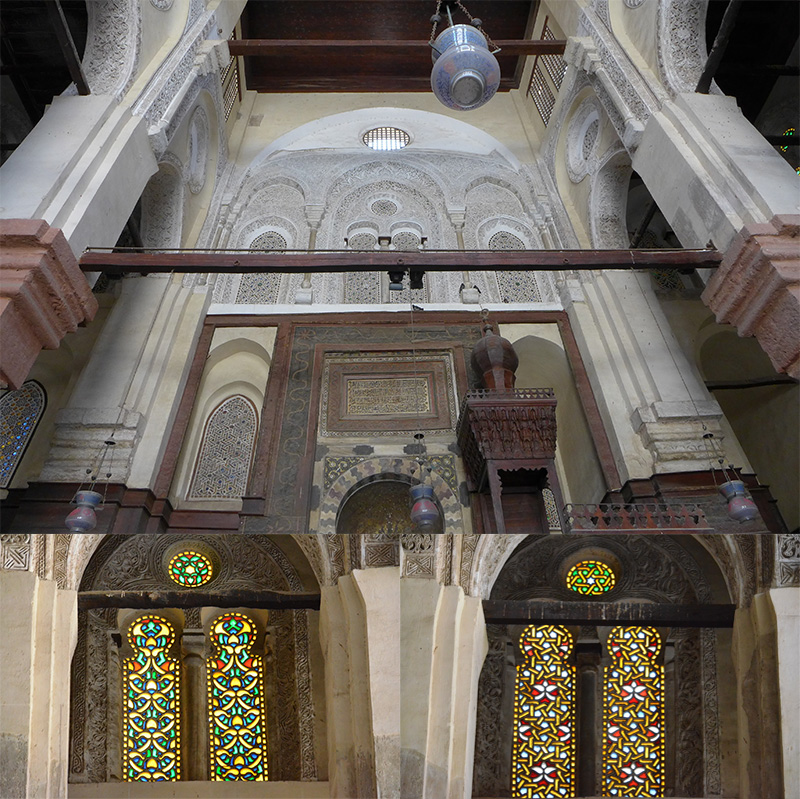
Can you see the difference in looking at these windows from outside and from inside the building? I’m sure you’ll notice that the stained glass and the stucco ornamentations around the windows add a touch of grandeur. And what about the shape of these windows? That’s right, when viewed from outside the paired arches appear round, but from inside they appear horseshoe-shaped. So, these windows change appearance depending on where you look at them from!
We nearly settled on using this window as the basis for our project logo. But after further consideration, we ended up using the hospital window. Our reasoning was that when Sultan Qalawun originally built this complex, he envisioned the hospital as the main facility. It is also said that Qalawun did not originally intend to include a madrasa in the complex. Commander (Emir) Sanjar al-Shuja’i, who was overseeing the construction work, added the madrasa, and without Qalawun’s permission! This reportedly angered Qalawun so much that when he visited for an initial inspection, he showed no interest in entering the madrasa. Given stories like this, we thought it better to respect Qalawun’s intentions and find our inspiration in the hospital. Thus, we chose the hospital window.
Having received instructions from Ms. Fukami on how to reproduce this window in an illustration, I came to appreciate the careful calculations behind its apparent simplicity.
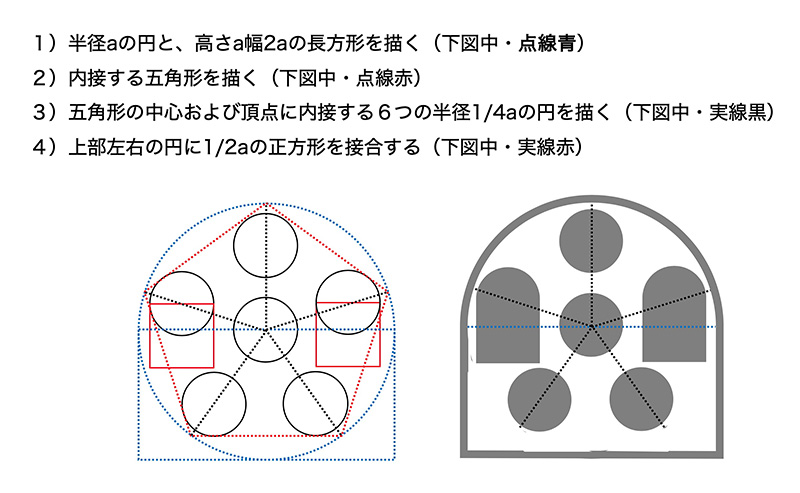
I think our somewhat complicated process of deciding on the logo motif reflects the participants’ affinity for this project.
Be sure to look for this window in the panoramic VR tour.
The lettering (around the periphery of the two arched windows and uppermost round window) repeats the word “الملك(al-Mulk)”. The word Mulk (ملك) can mean king, ruler, etc. (al is the definite article) But here it is used as one of the 99 Names of Allah.
English translation: Jeff Gedert
